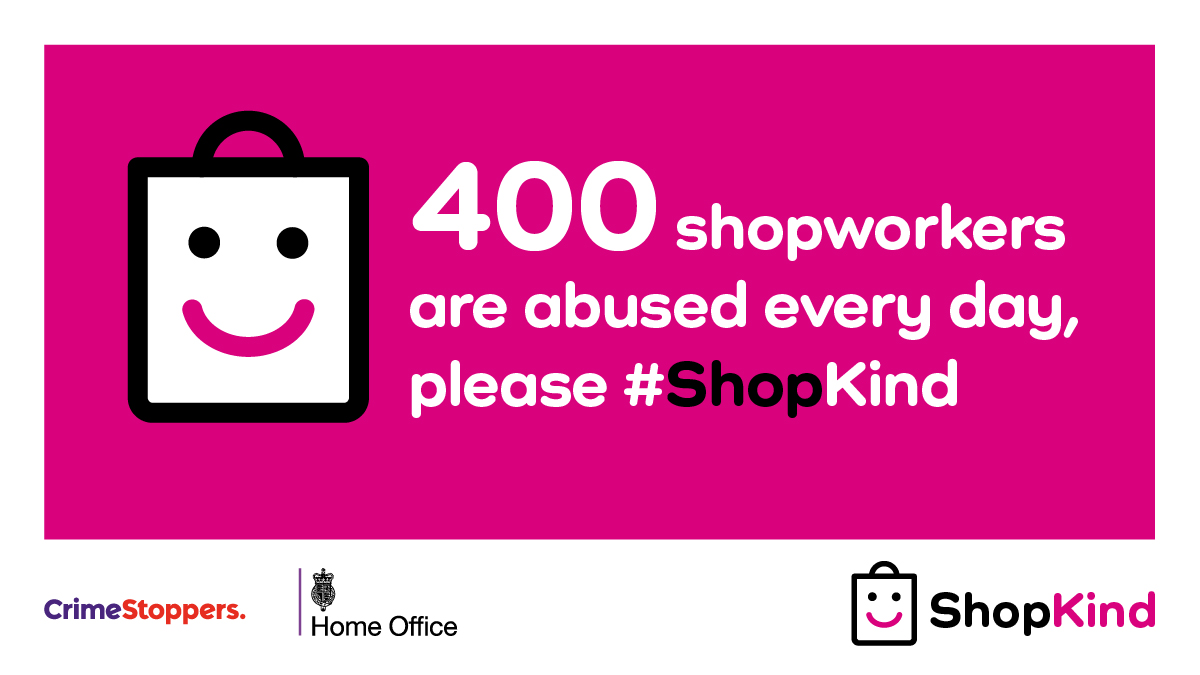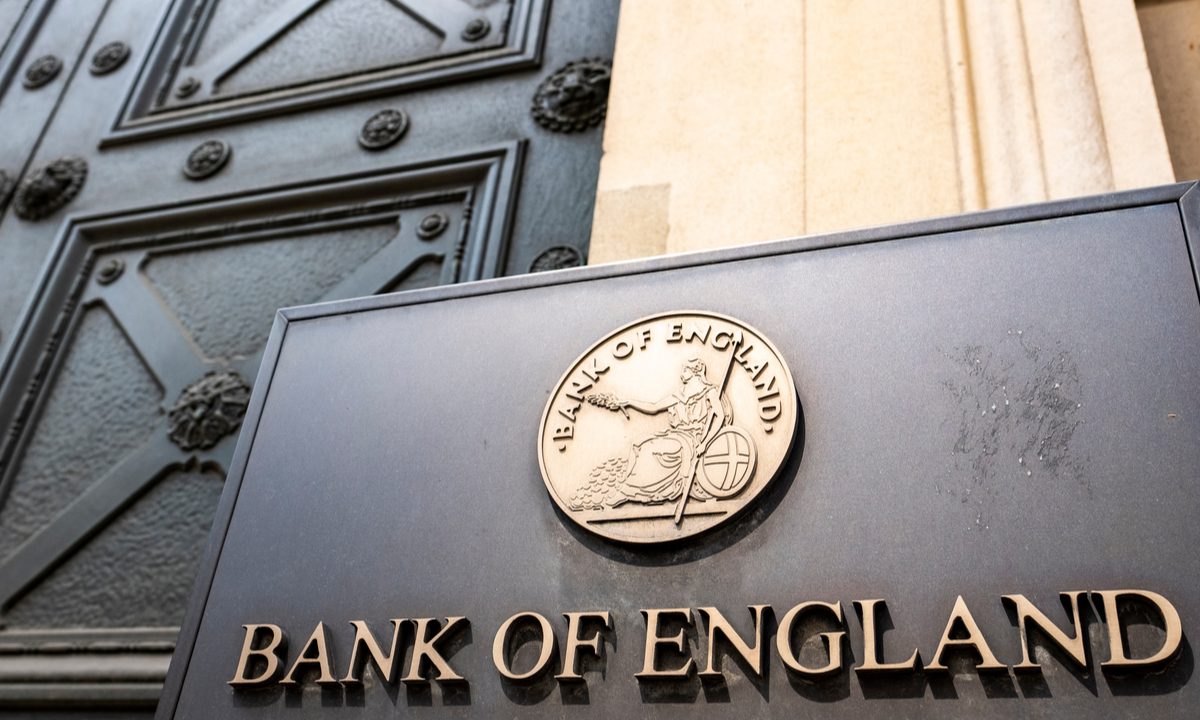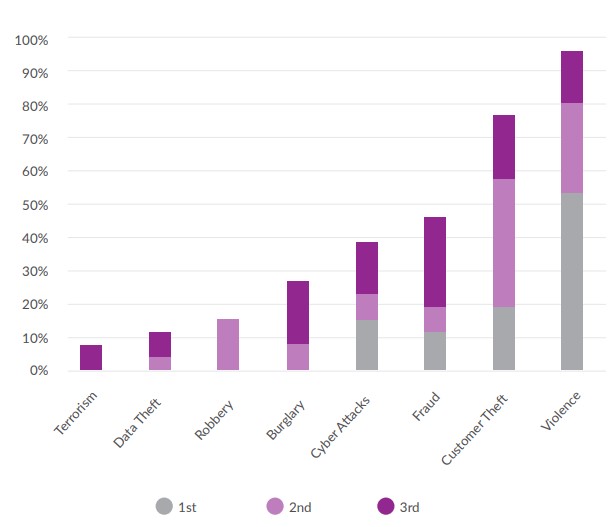Introduction
The BRC Crime Survey 2023 has once again delivered unequivocal evidence highlighting the ramifications of violence and abuse on the well-being of retail professionals. This comprehensive study sheds light on the financial implications of crime and its prevention measures, both in the digital realm and physical retail spaces. This, in turn, indirectly affects the consumers these businesses cater to.
Our analysis delves deep into the efficacy of the justice and police systems in addressing these issues. We also underscore the escalating significance of cyber-crime and digital security in today’s retail landscape. Furthermore, we project potential threats that the retail sector might grapple with in the foreseeable future. It’s imperative to understand that irrespective of the nature of the business – be it online, offline, omnichannel, urban, suburban, boutique, or mega-stores – the shadow of crime looms large.
This seminal crime survey, unveiled in 2023, encompasses data from 1 April 2021 to 31 March 2022. It’s noteworthy that during this span, all retail entities had resumed operations. However, intermittent Covid-19 social restrictions might have swayed certain statistics.
Serving as the most comprehensive and trustworthy gauge of crime dynamics in the retail sector, this survey is predicated on data collated from retailers, representing an impressive 1.3 million workforce and a staggering market turnover nearing £190 billion.
In light of the pandemic-induced shutdowns that impacted the retail sector during the preceding survey, meticulous efforts have been channelled to ensure data consistency. Nonetheless, in certain instances, drawing parallels with pre-pandemic data offers a more pertinent context.
“The BRC Crime Survey 2023 unequivocally underscores the profound effects of violence and abuse on the well-being of retail professionals.”
Executive Summary
The BRC Crime Survey 2023 reveals a disturbing escalation in violence and abuse in the UK, with rates nearly doubling compared to pre-pandemic figures. This includes marked increases in violent incidents and shoplifting. Throughout the year, over 300,000 retail colleagues experienced some form of violence or abuse. It’s crucial to understand that these aren’t mere statistics; each incident leaves a lasting impact on the individual involved.
While prosecutions are on the rise, they remain disappointingly low. This can be attributed to a combination of factors: an often inadequate police response, a lack of concrete evidence, or retailers not reporting incidents. The latter is exacerbated by inconsistent reporting systems and a general lack of understanding of their operation. However, it’s worth noting a silver lining: many retailers have reported an enhanced satisfaction with police responses, marking a positive shift after many years. Still, a significant number rate the police response as poor or very poor.
The surge in customer theft is alarming, with eight million incidents recorded annually, costing close to £1 billion. When combined with crime prevention expenses, the total cost of retail crime is nearing a staggering £2 billion annually. This financial burden inevitably trickles down, inflating operational costs for retailers and leading to higher prices for consumers
Insights

Incidents Overview (2021-22):
- Daily incidents of violence and abuse: 867 (Total: 316,000).
- This is a decrease from 1,301 daily incidents during the pandemic peak.
- However, it’s nearly double the pre-pandemic daily figure of 455 in 2019-20.
- The year-on-year reduction was primarily due to a decrease in abuse incidents: from 1,176 daily incidents to 722.
- Conversely, incidents of violence saw an increase.
- Over 10% of the retail workforce experienced some form of harassment during the year.

Overall Cost of Crime:
- Total cost (including losses and prevention): Just under £1.8 billion.
- Crime prevention: Nearly £722 million.
- Losses due to crime: £1.04 billion.
- Of which, £953 million was attributed to customer theft.
- This resulted from just under eight million incidents
- Cybersecurity: £151 million (consistent with pre-pandemic levels).
- Online fraud: £30 million (attributed to the growth of online shopping and expanded online offerings by retailers during the pandemic).

There was a significant fall (explained later) in the percentage of incidents of violence and abuse reported to police from 57% to 32%.
• This means around 100,000 incidents were reported, down from around 270,000 the previous year.
• The most common reason for not reporting, given by 64% of retailers, was a belief that nothing would happen as a result or that the reporting system was too difficult.
• However, actual numbers of prosecutions rose to 22,000, up from 19,000 the
previous year. Nevertheless, only 7% of incidents of violence and abuse resulted in a
prosecution.
• Only 1% were dealt with as aggravated offences.

Nearly 40% of retailers (plus 12% for data theft) regard cyber-crime as a top three issue, though this is well behind violence and customer theft.
• The top concerns are phishing, ransomware and malware, each recording 90% as a high or medium risk.
• Over 40% reported an increase in cyber incidents last year, the lowest level since 2016. Since 2017 nobody had reported a decrease until the current year.
• Expenditure on cyber-crime prevention accounted for £151 million, over 20% of the
total allocated to crime prevention, a larger percentage than previous years.
the 3 most significant threats to your business over the next 2 years?

Violence and Abuse #1 Issue
Violence & Abuse Incidents Among Retail Workers (2021-22):
- For every 1,000 workers, 105 faced violence or abuse.
- This is an increase from 54 in 2019-20 (pre-pandemic) but a decrease from the pandemic peak in 2020-21.
- Over 10% of shopworkers experienced some form of violence or abuse.
Incident Breakdown:
- Daily incidents:
- 2019-20: 455
- 2020-21: Over 1,300
- 2021-22: 867 (still nearly double the 2019-20 figure).
- Violent incidents rose to 145 a day in 2021-22, up from 125 the previous year.
- This includes:
- Violence with injury: 29 daily incidents.
- Violence without injury: 116 daily incidents.
- This includes:
- Abuse incidents:
- 2021-22: 722 daily incidents.
- Pre-pandemic: 341 daily incidents.
- Pandemic peak: 1,176 daily incidents.
- Annual total: Over 316,000 incidents.
Retail Environment Analysis:
- Incidents increased across all retail settings:
- Retail parks & out-of-town: Over 70% of retailers reported an increase.
- Inner city & town centres: 57% reported an increase.
- Shopping centres: 48% reported an increase.
- The surge in incidents in retail parks and out-of-town locations might be due to increased footfall.
Police Reporting & Prosecutions:
- A significant drop in incidents reported to the police:
- 2020-21: 270,000 incidents (57%).
- 2021-22: 101,000 incidents (32%).
- This decrease is largely attributed to diminished confidence in police response.
- Prosecutions:
- 2019-20: Under 10,000.
- 2020-21: 19,000.
- 2021-22: 22,000 (around 7% of incidents).
- Only 1% were prosecuted as an aggravated offence.
The BRC, alongside its members and other retail organisations such as USDAW, has expressed deep concern over the rising trend of violence and abuse against shopworkers. In the past year alone, there were 315,000 reported incidents, translating to an average of 867 incidents daily. While many of these incidents did not result in physical injury, the emotional and psychological toll on both the victims and those who witnessed the events is significant. Economic challenges and shifts in shoplifting patterns, coupled with increased external threats and a surge in anti-social behaviour, have further exacerbated the situation. Although official statistics indicate 230,000 cases of customer theft in England and Wales for the year leading up to March 2021, the actual figure is estimated to be closer to 8 million incidents for 2021-22. The perception of the police response has historically been negative among retailers. However, in the latest survey, 56% rated the police response as fair, marking a slight improvement. Despite this, many retailers still feel that reporting incidents is often futile, given the perceived lack of adequate police action and the challenges associated with the reporting system.
The Cost of Retail Crime
The retail sector has faced significant financial challenges due to crime, with both direct losses from incidents and the costs of crime prevention measures weighing heavily on the industry. Here’s a breakdown of the financial impact over the recent years:
- Total Financial Impact:
- The combined cost of crime reached nearly £1.8 billion, a decrease from £2.5 billion in the pre-pandemic year.
- Losses from Criminal Activities:
- Retailers incurred a loss of £1.04 billion due to various criminal incidents.
- Customer theft alone accounted for £953 million, showcasing a consistent rise with losses nearly doubling since 2016-17.
- This theft resulted in almost 8 million incidents, making up over 90% of total losses.
- Online Fraud:
- Losses amounted to £30.3 million, down from £76 million the previous year, a time when many new and potentially unprepared businesses entered the online market.
- Crime Prevention Expenditure:
- Retailers spent £722 million on crime prevention, aligning with three-quarters of the long-term average.
- Cybersecurity investments stood at £151 million, indicating its growing importance in the overall crime prevention strategy.
Summary:
The retail industry’s financial landscape has been significantly shaped by the costs associated with crime. While there’s been a decrease in some areas, the persistent rise in customer theft and the evolving nature of online fraud underscore the need for robust crime prevention strategies.
